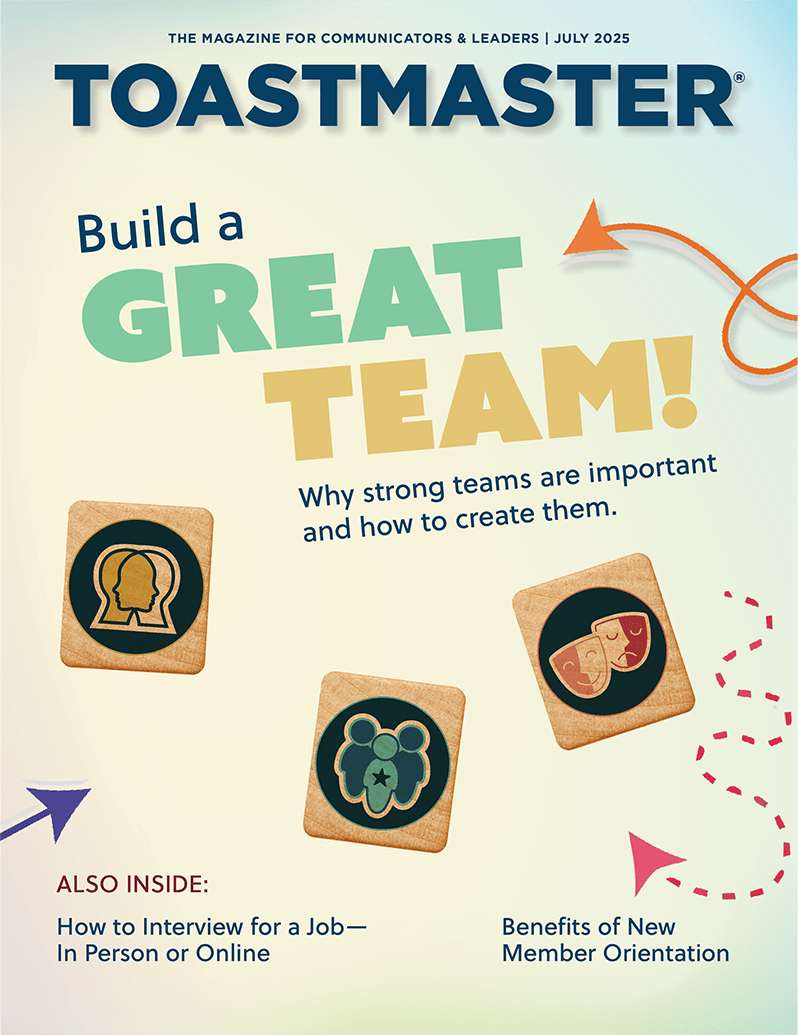In our work with thousands of leaders around the world, we’ve watched people consistently struggle to share feedback that others desperately need. We developed the I.N.S.P.I.R.E. feedback model as a way to draw attention to performance issues, encourage mutual discussion and confirm commitment to new behavior with short, specific conversations.
I.N.S.P.I.R.E. stands for:
Initiate. Initiate the conversation respectfully. Feedback is best received when you’ve been welcomed to provide it.
For example, you might ask, “Can we talk about what happened this morning?” Sometimes the conversation isn’t optional. You may need to be more direct. Even in those instances, you can establish respect. For example, you might say, “I need to talk with you today. Is this a convenient time or would you prefer this afternoon?”
Initiate conversations as close to the moment of concern as possible. Don’t wait three days to address something that happened this morning.
Notice. Share an observation about a behavior. For example, “In listening to your calls, I’ve noticed that you struggle to connect with the customer” or “I noticed that you arrived late this morning.
Specific support. Provide specific, supporting evidence you can actually see, such as: “When the customer told you he was calling to disconnect his line because his spouse had died, you said only that you would be happy to disconnect the line. You did not show empathy.” Or simply, “The meeting was scheduled for 9 a.m. and you arrived at 9:30.”

Probe. After you present the situation, the other person needs a chance to talk. Ask a question in a neutral, curious tone to allow them to share any relevant information.
Generally, “What happened?” works and allows the person to share information or to own the situation. Adapt your question for the specifics: “What happened on that call?” or “What happened that you were late?” Occasionally there will be an understandable reason for the poor performance, and the late arrival may have been because of a car accident. If so, be sure the person is OK and don’t carry the conversation any further.
Invite. Once he’s had a chance to share his thoughts, invite the employee to solve the problem. Start with a review of the expectations, then, “What are your thoughts on how we can resolve this?”
If he can’t readily offer an effective solution, you can provide specific suggestions on how he can improve. For instance, “Give yourself 30 minutes for a client call before your next appointment. That’s what works for me.” Sometimes, you may discover that the employee simply needs more training.
Review. Ask one or two open-ended questions to check for understanding, and then one closed-ended question to secure commitment. For example, “How would your results be better if you did that every time?” and “What concerns do you have about this approach?” Then close with, “Is this your commitment going forward?” Ask the employee to review her specific commitment: “Let’s recap what you’ll do next time, when you’re faced with a similar situation.”
Enforce. Enforce the behavior and why it’s important, while reinforcing your confidence that the employee can do this. “I’ll see you at 9 a.m. for the next meeting. You’re an important member of the team, and we don’t make the best decisions without you.”
You can conclude with, “I have every confidence you can do this well,” “I appreciate you taking the time to make this happen” or “Thank you for your work and commitment.”
Karin Hurt and David Dye are authors of Winning Well: A Manager’s Guide to Getting Results Without Losing Your Soul and the CEO and president of David was a featured speaker at the 2017 51�Թ� Convention in Vancouver, Canada.



 Previous
Previous
 Previous Article
Previous Article